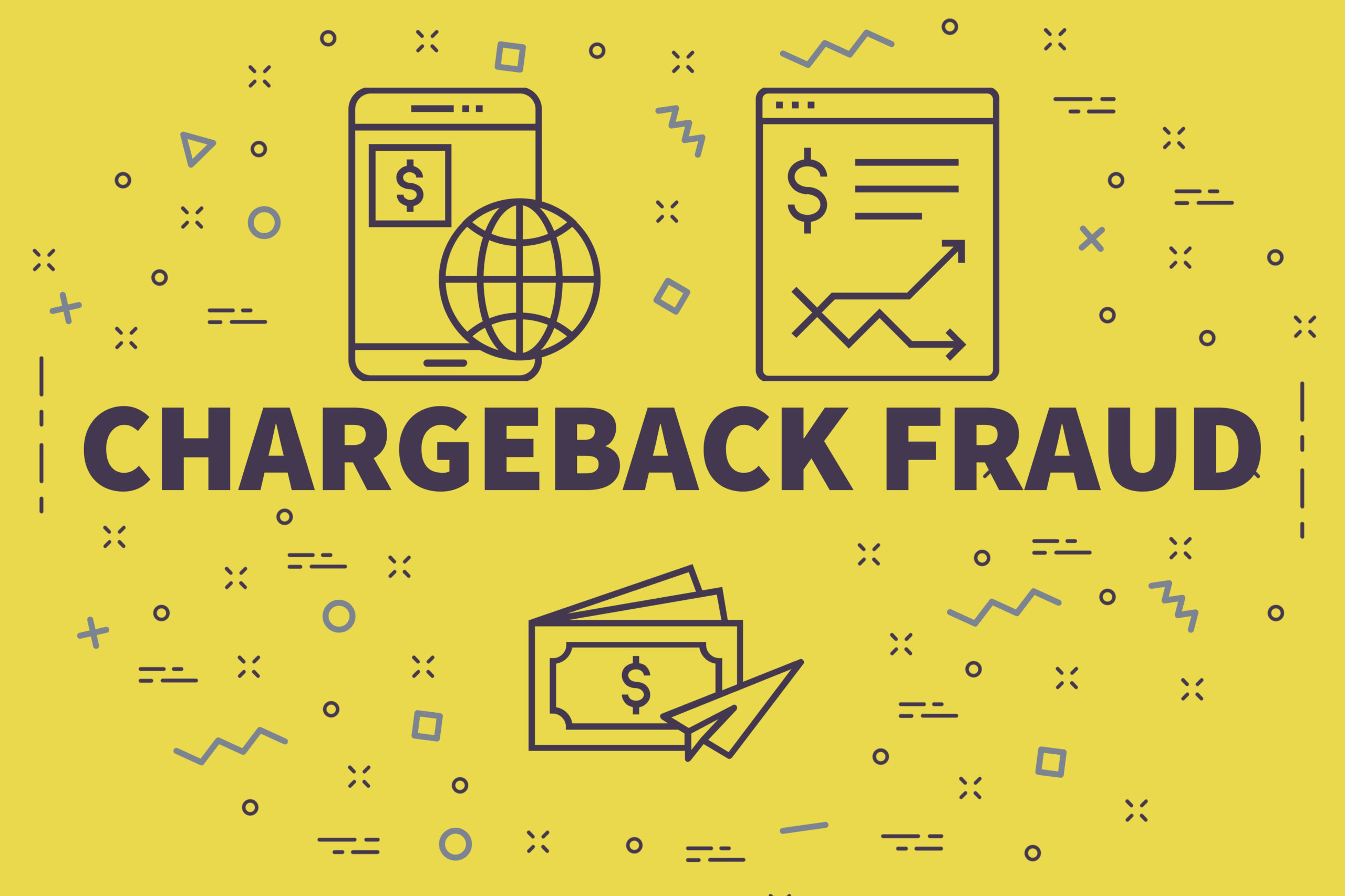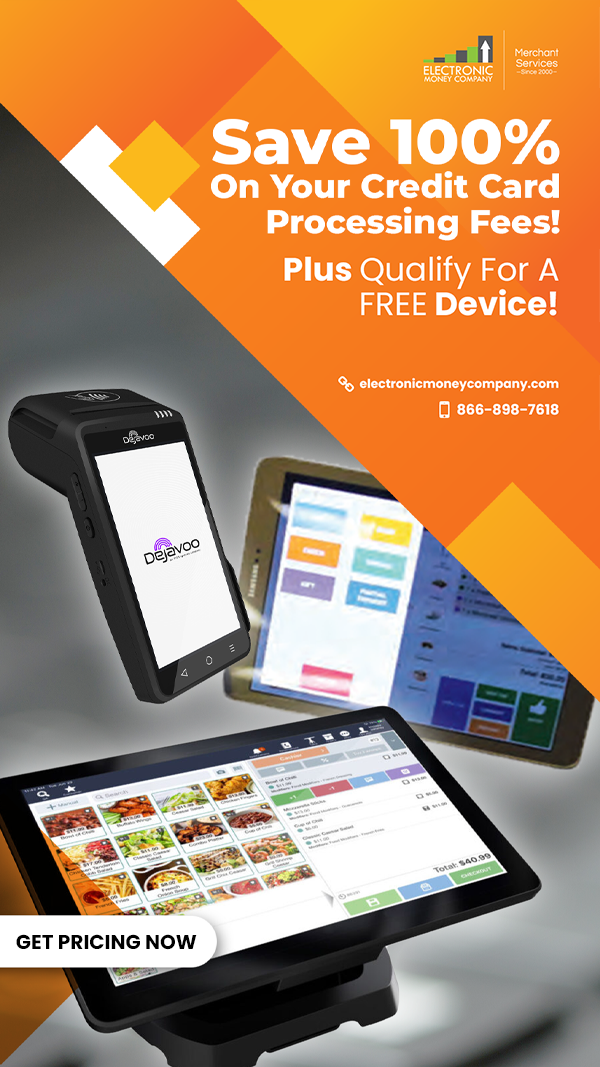Here is a true story about a furniture store that lost a $5,500 chargeback and how it could have been prevented.
The customer paid for the furniture over the phone with an approved credit card. The customer asked if the store could deliver the furniture about an hour outside of town, to which the furniture store complied. When the delivery person arrived with the furniture, there was no one at the residence. The merchant then called the customer on the phone. The customer sent her Mother over to meet the delivery person and let them into the house. The merchant’s delivery person got a signature from the Mother for the delivery.
About a month later, the merchant got a chargeback notification. $5,500 was removed from their bank account and the merchant and refunded back to the cardholder. They tried to fight the chargeback but failed to get it reversed. They lost the furniture and the money because they did not have a signed delivery receipt from the cardholder.
Here is how the chargeback transaction should have been by the merchant and could have been reversed:
- With the ease of technology today, the merchant could have gotten a signed authorization by emailing an invoice for the purchase and delivery to the customer. They could have even asked for a copy of the front and back of the credit card along with a copy of the customer’s driver’s license to verify their signature.
- In addition, the merchant could have asked for a signature on a contractual agreement for the purchase and delivery.
- At delivery, it is most important to have the cardholder sign the delivery receipt. The Mother, spouse, sibling, child, or neighbor has no authority to sign for the credit card used and therefore means nothing.
Other security provisions should also be followed when taking credit card payments over the phone.
- If the card initially declines, it is a warning to the merchant to ask for a different card or deny the purchase. Don’t keep running the card until the computer defaults to an approval.
- Ask for the address verification. There could be a legitimate reason why the address on the credit card does not match where the product is being shipped or delivered, but this should raise a red flag. When the address on the card doesn’t match the delivery or shipping address, it is harder to win a chargeback.
- Make sure the invoice amount matches the amount paid. It is harder to win a chargeback when the amount paid does not correspond with the invoice exactly. Processors do not automatically set up merchant accounts with the ability to accept deposits. If the merchant is taking a deposit, that deposit amount should be noted on the invoice with a signature.
- When setting up an E-Commerce site to accept payments, you can add more security by adding verified by Visa to your website.
- Another security provision for E-Commerce sites is a technology added to your site via your gateway that checks the IP address of the purchaser. Technology can verify that this IP address has initiated card payments in the past, giving a higher probability of legitimacy.
Please call us at 505-362-0837 if you are unsure about taking a particular payment over the phone. Even if we do not do your processing, we are willing to share our experience and knowledge.


